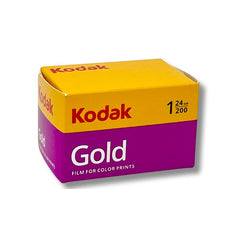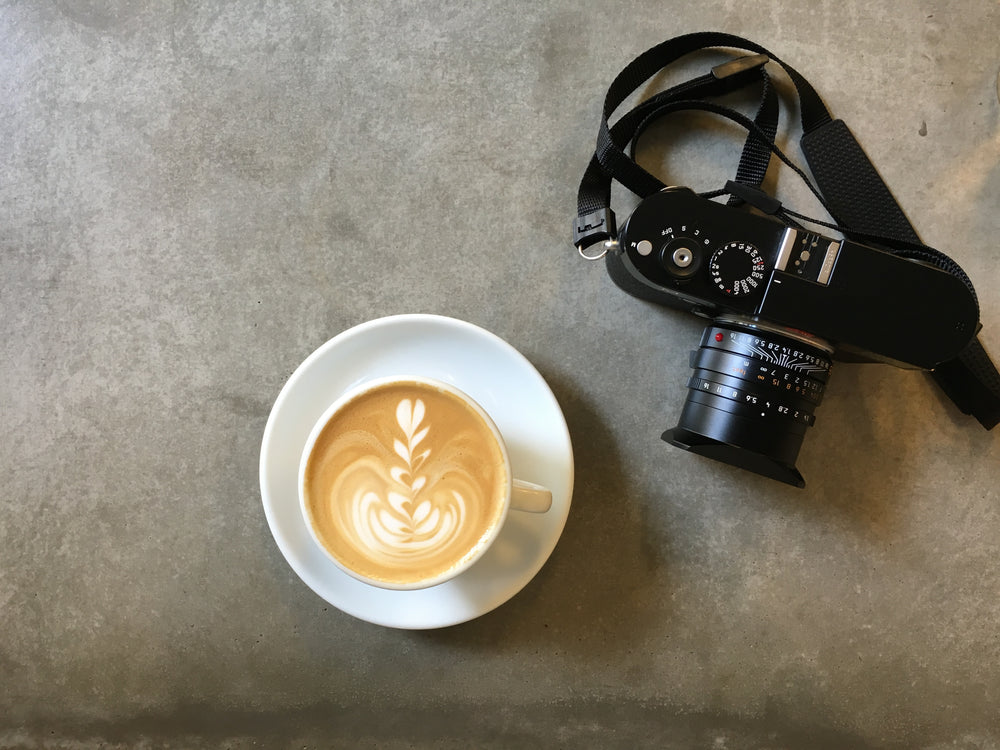Panasonic 9mm f1.7 Leica DG Summilux Asph Lens
This professional-grade Panasonic 9mm f1.7 Leica DG Summilux Asph Lens allows for maximum light intake and clarity with its wide aperture. Perfect for capturing detailed images in low light settings, its wide angle ensures maximum scope of subject matter.
Lumix G-series users are reasonably well served in the non-fisheye ultra-wide-angle department, what with the Lumix G Vario 7-14mm f/4, the Panasonic Leica DG Vario-Elmarit 8-18mm f/2.8-4 and the Panasonic Leica DG Vario-Summilux 10-15mm f/1.7. We also have the rather special Panasonic Leica DG Summilux 12mm f/1.4 – a personal favourite. What the system may have lacked though is a small, lightweight, fixed focal-length ultra-wide with a nice bright aperture – but now that gap has been neatly filled by the new Panasonic Leica DG Summilux 9mm f/1.7.
The combination of a weight and length that’s very similar to that of the Lumix 25mm f/1.7 with such a wide angle of view is pretty special, not to mention an accessible price, and will make this lens popular with photographers interested in a wide range of styles and subjects. With the angle of view we’d expect from an 18mm lens on a full frame camera this new 9mm f/1.7 will be useful for architecture, landscapes, astrophotography, nature and environmental portrait photography and filmmakers. The really remarkable close-focus distance (the lens focuses so closely you have to remove the lens hood) will also be popular for a whole host of reasons.
The lens has a neat design and is much in the style of the other Leica DG fixed focal length lenses. This one doesn’t have an aperture ring and is made from lightweight materials to keep it as portable and straightforward as possible. The removable petal hood comes in the box and helps protect the front element from stray light and flare. Even with the hood on though, the lens is still very small. The lens has a 100° angle of view, which matches what we’d expect from an 18mm lens on a full frame system.
The front baffle doesn’t have any markings on it, perhaps to prevent reflections when shooting glossy surfaces close-up. Instead the name of the lens and its specification are written around the rim of the barrel. Unusually for such a wide focal length the filter thread is a very modest 55mm, which makes it very easy to source and carry suitable filters and adapter rings. This also makes it easy to mount filters much larger than the front of the lens so we can avoid the filter, or filter holder, blocking the corners of the picture. The front element protrudes only a little, and actually no more than the front element of a more regular focal length, which again makes using filters easy.
Unlike some other ultra-wide angle lenses for the MFT system this Leica DG 9mm f/1.7 lens uses autofocus, and its contacts transmit shooting information to the camera to be stored as EXIF data. The underside of the lens is plain, while the barrel measures 60.8mm at its widest point, and is 52mm long. The lens is constructed using 12 elements in 9 groups, and uses 2 aspherical lenses, 2 lenses in ED glass and 1 in Ultra High Refractive glass – which helps to keep the lens small. The 7-bladed iris closes to f/16.
Other ultra-wide lenses in the Lumix system that cover a 9mm focal length are somewhat larger and heavier than this new 9mm, and the two other models shown here have fixed lens hoods that can’t be removed. As both are also zooms with more complicated internal designs, they also have smaller maximum apertures which can’t match the f/1.7 light-gathering power of this 9mm lens. The wide maximum aperture is a benefit not only for maintaining a shorter shutter speed or lower ISO in dim conditions, but the extra light it lets in will also help keep focus quick and achievable in extremely dark situations. You can also see here the difference in the size of the forward elements and the barrel housing. The 7-14mm lens uses a slip-on lens cap and can only be fitted with filter systems that clip to the barrel, while the 8-18mm lens takes a 67mm cap.
This new 9mm is also a very useful lens for anyone with the smaller Lumix camera bodies – such as the G100 or the GX880. The weight of the lens works perfectly with such tiny bodies and the size creates a comfortable balance with not only the G100 but also with cameras like the GX80, G90 and the GH5 series.
The 9.5cm close-focus distance really is remarkable, with the lens allowing subjects to get right up to the front element while still keeping them sharp. Even with a wide-open aperture sharpness in these extremes is excellent and the out-of-focus areas behind the subject are rendered beautifully. With the aperture closed down a quite astonishing depth-of-field can be achieved. The wide-angle view allows an amazing sense of depth in both stills and video, and close work enables us to deliver a great sense of place while maintaining a large and obvious subject.










